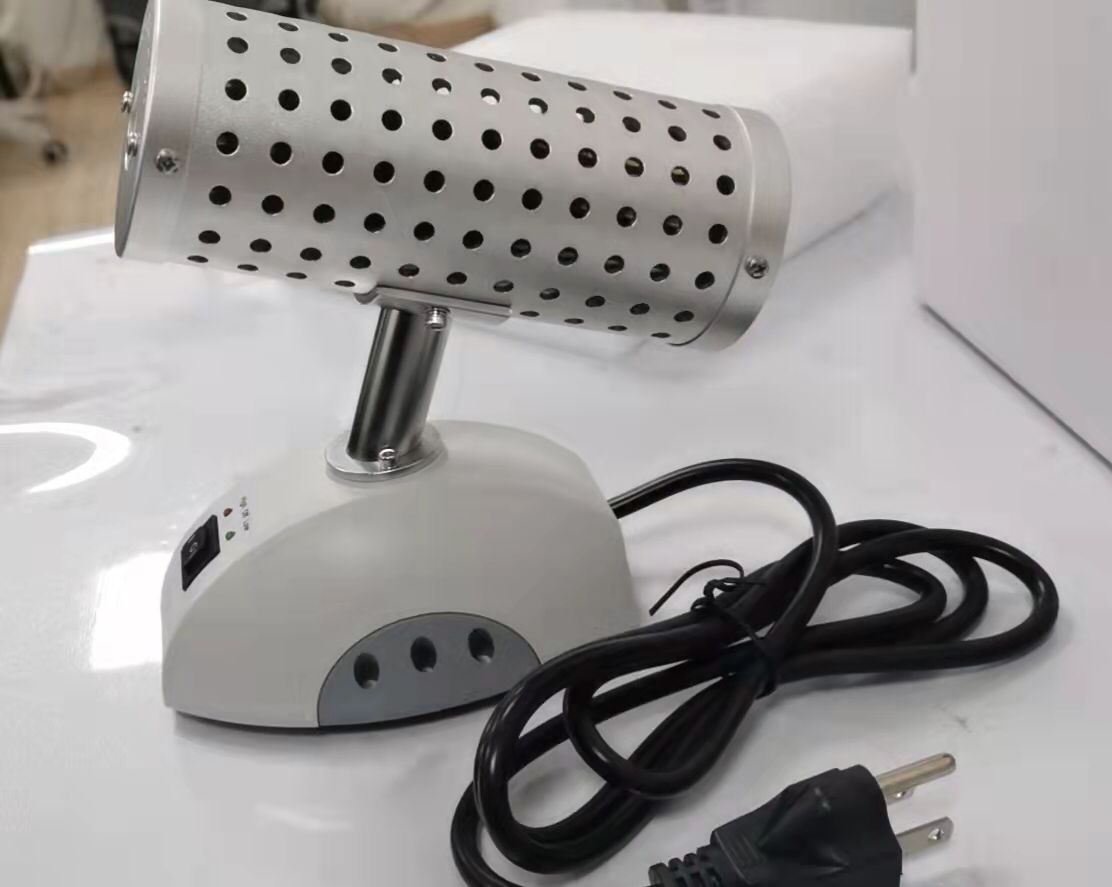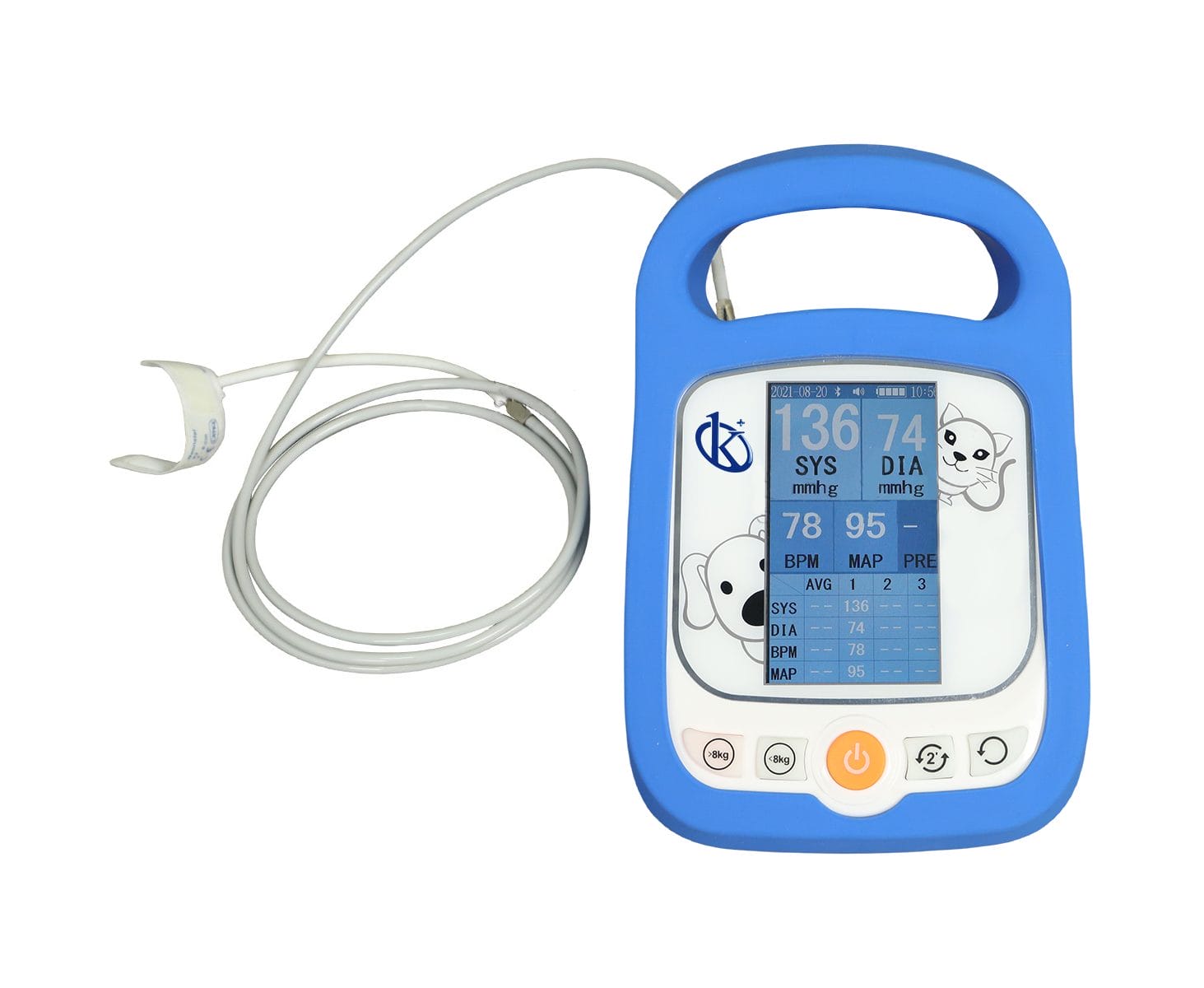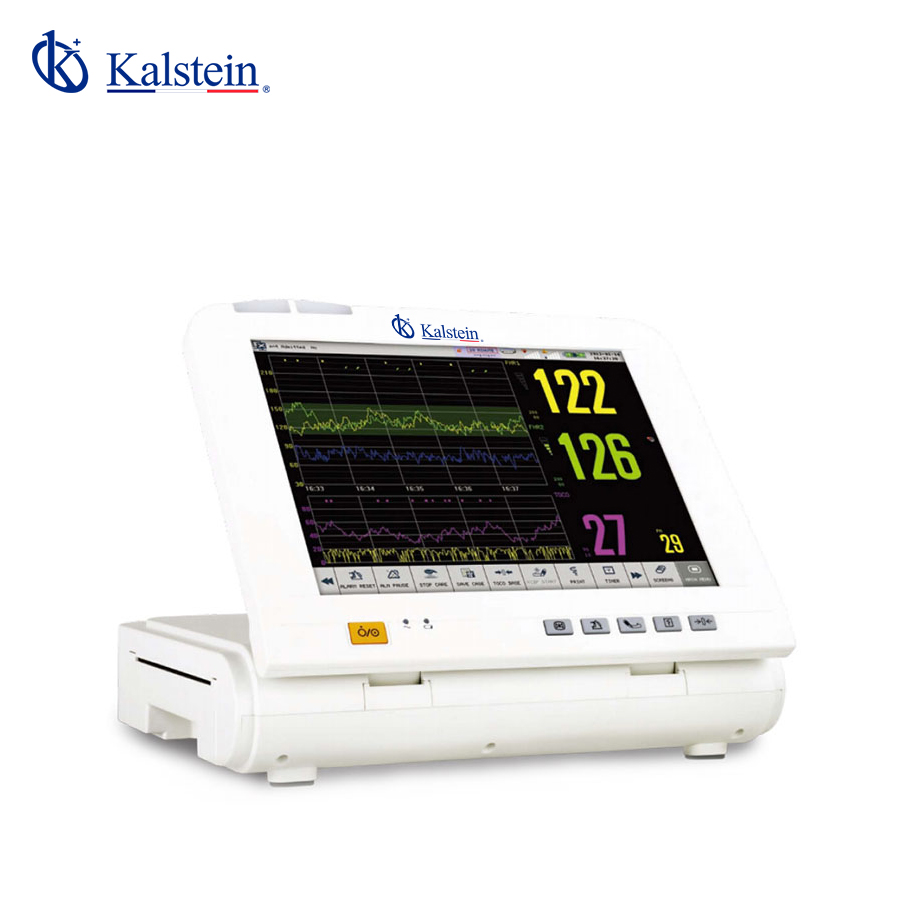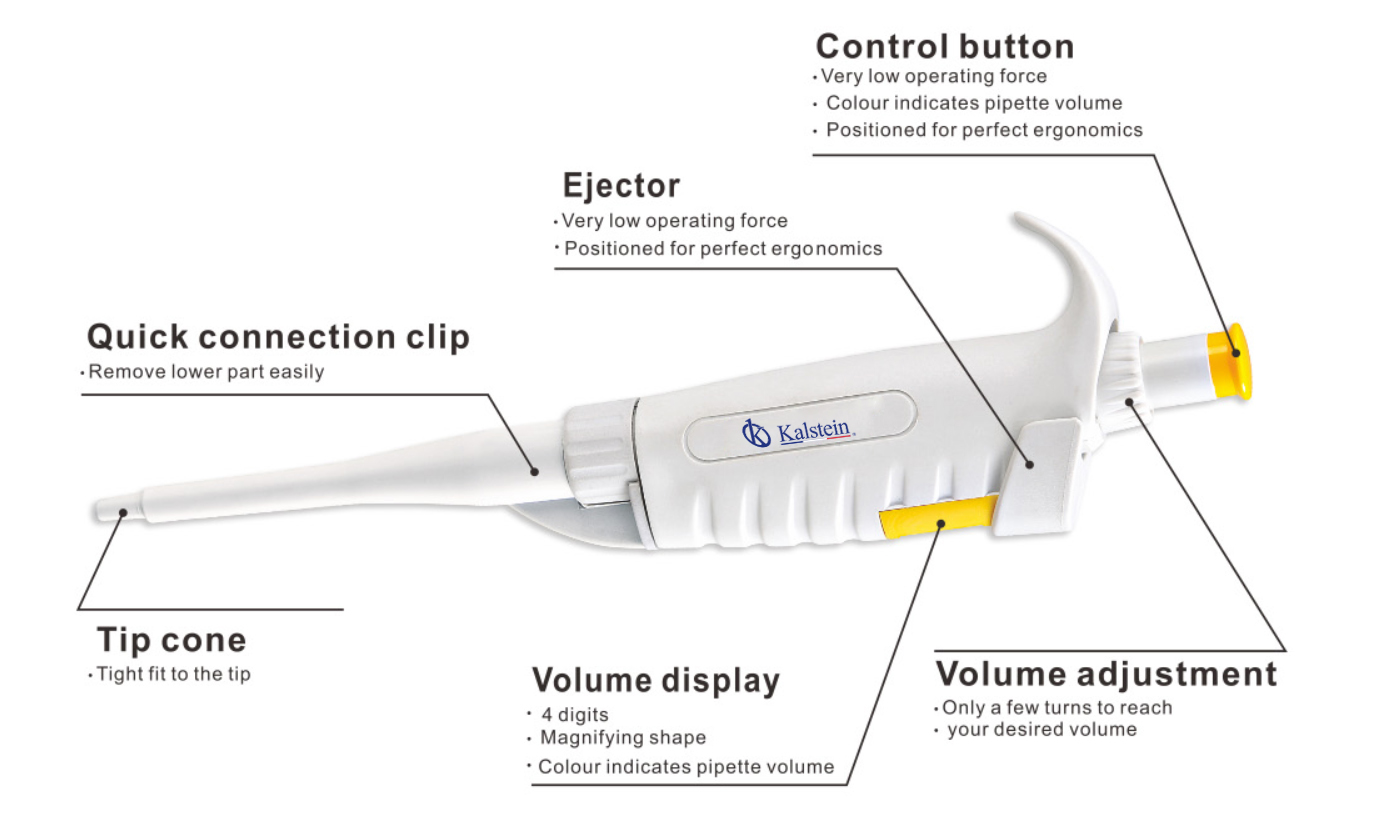For the sterilization of handles used in microbiology laboratories, the use of the Baccininerator is ideal. This disinfects handles made of platinum, needles, glass tubes/pipette tips and various glass and metal instruments by incinerating them at temperatures between 500 °C and 815 °C or higher. These processes succeeded in removing the pathogenic and non-pathogenic microbial load from the culture instruments. In this sense, the Baccininator is applied in food, pharmaceutical and/or cosmetic industries; and by diluting samples passing through up to 1g, preventing microbial contamination.
In this sense, during the manufacture of products, whether drugs, cosmetics and food, the tools and handles are the appropriate instruments for such preparations and thus prevent contamination on a large scale, as is done in laboratories and industries, must be kept sterilized. Finally, the Baccininator is the recommended equipment to be used inside the booths.
Baccinator Uses and Applications
During the elaboration of products, there are miles of particles in the air causing contamination and in the elaboration of cosmetics or pharmaceuticals, it is required to be free of microorganisms; therefore, inside the booths the Baccininator is used for the sterilization of the handles and that the preparations are not contaminated, so that in this way the entry of contaminants can be reduced.
In addition, thanks to the participation of laminar flow hoods and biosafety cabinets, they are used as a base to give functionality to the Bacticinerators, since they are in charge of protecting the content of the samples, the user and the surrounding environment, and thus ensuring the disinfection of the handles through the heat emitted by the equipment, it is heated to red hot to sterilize it and, when it has cooled down, a sample of the bacterial culture is taken. The amount of inoculum depends on the diameter of the filament ring.
Types of Loops as Bacticiner Tool
In microbiology laboratories, techniques of dragging and taking small samples to be visualized under the microscope are used, being the only suitable method to transfer substances and to be studied. For this reason, the use of handles will become essential tools.
In this sense, there is the handle-type bacteriological forceps, which is sterilized with the Bacticinerator, and consists of a base that can be made of nichrome, tungsten platinum ending in a ring or tip. It is used to move, drag or cross small bodies containing microorganisms in suspension from the working medium also called ‘stock solution’ to the fragmented culture, either solid or liquid. It is also used for frying.
Bacteriological handles, must be completely closed, characterized by a diameter of no more than 3 mm, and with a stem of no more than 5 cm. They should be held in metal handles and not in glass. The amount of inoculum passing through is determined by the diameter of the ring at the end of the filament, which is calibrated and usually ranges from 0.1 to 0.001 ml. Among them, there are three types:
Colorless, uncalibrated and with a straight tip.
Black color, calibrated and its measurement is 1/100 5mm tip diameter.
Red color, calibrated, corresponds to a tip diameter of 1/1000 3 mm.
Kalstein brand zincators
It is important to have environmentally responsible equipment that protects you from flammable products and substances, and our Bacticinerators fulfill all this. They belong to the YR series, and have attractive features, such as: it uses infrared heat derived from a central ceramic mechanism. It does not contain asbestos and certifies maximum sterility without splashing on the work surface. Complete purification occurs in 5 to 7 seconds, at an optimum sterilization temperature of 1500ºF (815.6ºC). HERE
To learn more about our equipment, we recommend you to take a look at our catalog from HERE




